Based Wasef from Robb Report – Reports
A bumper crop of highly-anticipated releases by names like Cessna, Gulfstream, and Dassault is on the horizon.
Like a baby boom after a blizzard, an influx of next-generation flying machines is heading to market following the pandemic-driven demand for private aviation. “Covid was a great accelerator for interest,” says industry analyst Rolland Vincent. “It brought in people who could afford, but couldn’t justify, getting into the space.” And according to forecasts from aerospace giant Honeywell, business-jet deliveries in 2024 will be up 10 percent over the past year.
Also benefiting from the trend is the battery-powered eVTOL landscape, currently rife with start-ups looking to democratize the skies over the next 24 months. Here, six aircraft—from the conventional to the futuristic—that are on our radar.
Volocopter Volocity
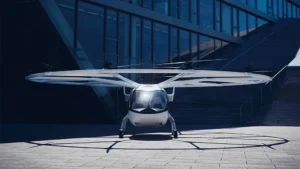
Photo : Tom Ziora
Flying cars have been promised forever, but Volocopter’s Volocity has a hard deadline: Its battery-powered craft is scheduled to be flying over Paris during next summer’s Olympics. The German-built autonomous aircraft uses 18 rotors to take off and land vertically and has a maximum speed of about 68 mph and a cruise speed of 56 mph. While the two-passenger configuration might require patience to transfer large numbers of people around the City of Light, the global visibility provided by the Summer Games could advance the new air-mobility movement by leaps and bounds.
Dassault Falcon 6X

After engine issues led to the cancellation of Dassault’s Falcon 5X project, the French manufacturer shifted its focus to passenger comfort for its ultra-wide-body Falcon 6X, which will see inaugural deliveries this year. “It’s really the first time Dassault has designed from the inside out—they started with the cabin and worked from there,” notes Vincent. Extra-large windows, generous proportions, and elegant details such as a skylight are critical design differentiators, as are its 5,500-nautical-mile range and max cruising speed of Mach 0.90.
Gulfstream G700
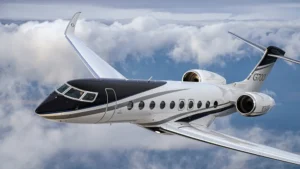
Photo : Paul Bowen
The ultra-long-range Gulfstream G700 promises to be a category leader in business aviation. Its newly certified Rolls-Royce Pearl 700 engines deliver a 7,555-nautical-mile range at Mach 0.85, with a maximum speed of Mach 0.935. Thus equipped, test versions of the G700 have set 44 world speed records while visiting 25 countries. The model also has the longest cabin of any competitor, configured with as many as four zones that seat up to 13 passengers and sleep eight. Special lighting to mitigate jet lag and the industry’s lowest cabin altitude also help set a new standard. Nineteen examples have already been built and are awaiting FAA certification, expected by the middle of 2024.
Archer Midnight
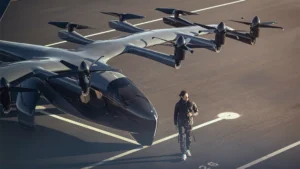
Photo : Courtesy of Archer Aviation
If purchase contracts speak to the long-term viability of eVTOL start-ups, California-based Archer Aviation is in for the long haul considering its recent $142 million (£112 million) deal with the U.S. Air Force and a $1 billion agreement with United Airlines. Using six battery packs powering 12 rotors, the Midnight’s setup for one pilot and four passengers makes it well-suited for jaunts from major metro airports to destinations within 50 miles. FAA certification is expected by the end of 2024.
Beechcraft Denali
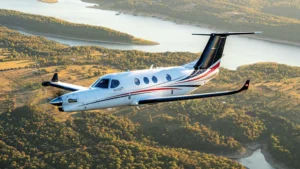
Photo : Courtesy of Beechcraft
The Beechcraft Denali is a single-engine turboprop that features an advanced General Electric Catalyst engine—the first clean-sheet turboprop-engine design in 50 years—that, compared to competitors, will reduce fuel burn by 20 percent, with 10 percent higher cruise power. Beechcraft’s designers focused on giving the interior a jetlike appearance, with the executive version offering six seats plus a refreshment center. Test flights are ongoing, but when it enters service in 2025, the Denali is sure to shake up the turboprop segment as an economical alternative to midsize private jets.
Cessna Citation Ascend
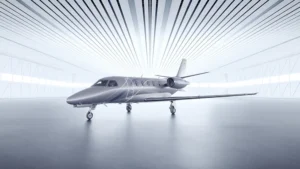
Photo : Courtesy of Cessna
The latest model in Cessna’s highly successful 560XL series, the Citation Ascend is currently being tested, with FAA certification expected in early 2025. The business jet can seat up to 12 passengers and boasts cabin windows 15 percent larger than the last-gen 560XL’s, a flat floor for more ergonomic seating, and Garmin G5000 avionics. The new Pratt & Whitney Canada PW545D engines deliver a maximum range of 2,100 nautical miles and a cruising speed of 441 knots. As part of an options order from NetJets for 1,500 aircraft, the Ascend’s success in the market has been all but assured.